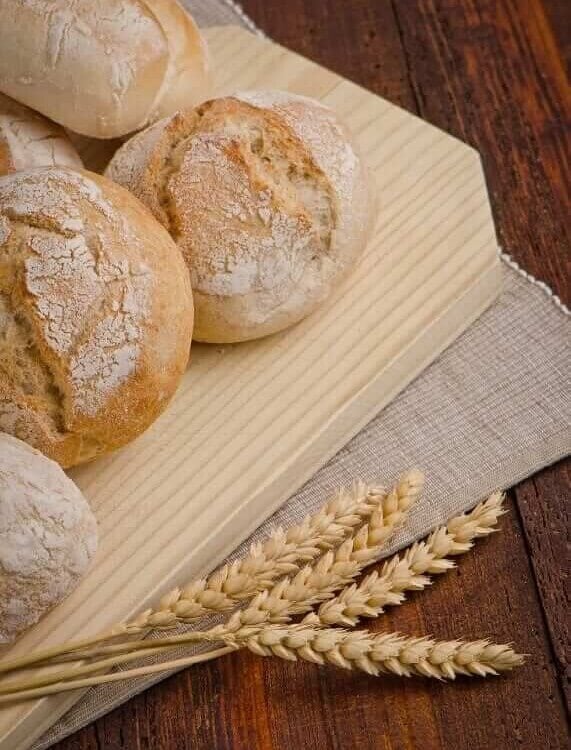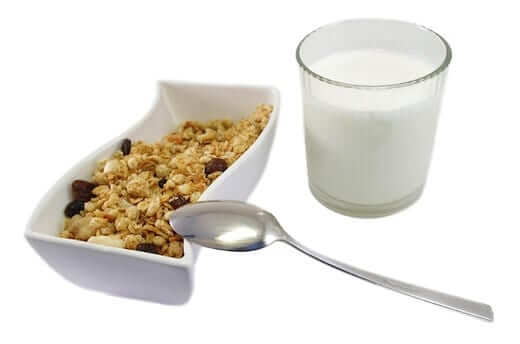Advantages in Eating Soluble fiber foods
Many people are aware that soluble fiber foods are healthy, but most don’t know why. Understanding exactly what fiber does for the body can be a little tricky. This is because there are two major types and each can be sourced from different foods. Learning how soluble fiber affects your health is the first step…
This post may contain affiliate links. Please read our disclosure policy.
Many people are aware that soluble fiber foods are healthy, but most don’t know why. Understanding exactly what fiber does for the body can be a little tricky. This is because there are two major types and each can be sourced from different foods. Learning how soluble fiber affects your health is the first step to getting your body back in top shape.
What Is Fiber?
Fiber is a substance that is found naturally in a lot of plants. It is indigestible. In other words, the body cannot break it down and that is part of its power. When consumed, it either retains its structure or blends with food until it is passed out as waste. Insoluble fiber is not dissolvable at all, while soluble fiber mixes with fluids in your system to form a gel-like substance.
The purpose of soluble fiber is to keep your stomach fuller for longer. The gel-like substance it changes into slows down the speed of digestion. The longer your stomach takes to empty, the less hungry you feel throughout the day. Eating soluble fiber foods can also help regulate your blood sugar and give your stools a healthy consistency.
What Are Soluble Fiber Foods?
There are plenty of foods that are rich in soluble fiber. Examples of soluble fiber foods that contain the highest content are passion fruits, avocadoes, oat bran, bran buds, black beans and soy nuts. Vegetables like Brussels sprouts, asparagus, sweet potatoes, collard greens and carrots also have a reasonable amount of soluble fiber. Some of the best fruit choices include grapefruits, prunes, guavas and apricots. If you are looking for protein sources, beans, chickpeas and hazelnuts can provide an adequate dose.
How Much Soluble Fiber Should You Eat?
If you are not accustomed to having these foods on your menu, try looking for recipes that use them as ingredients. Adults should typically aim to eat between 21 and 38 grams a day. Eat foods in as much a natural state as possible. Processed foods are not a good source because most of the fiber is filtered out.
Benefits of a Soluble Fiber-Rich Diet
Soluble fiber foods are mostly recommended for weight loss. Because fiber delays hunger, it can be a great aid for controlling appetite. It is also highly beneficial for people with digestion problems. It effectively manages diarrhea, helps to bulk up stools and decrease the symptoms of IBS (Irritable Bowel Syndrome).
In addition to digestion, soluble fiber is essential for diabetics. Slow digestion means there are less sugar spikes and dips. Eating fiber-rich foods, therefore, helps maintain good blood sugar levels. Another great benefit is its ability to lower unhealthy cholesterol levels in your blood. Less cholesterol means there is a low risk of contracting heart diseases, strokes and high/low blood pressure.
There is much to be said about the benefits of eating soluble fiber foods. If you’ve been suffering from a range of digestive problems, it is often a sign that you need to increase your fiber intake. Make sure to consume both soluble and insoluble fiber to restore your digestive system and overall health.


Leave a Comment